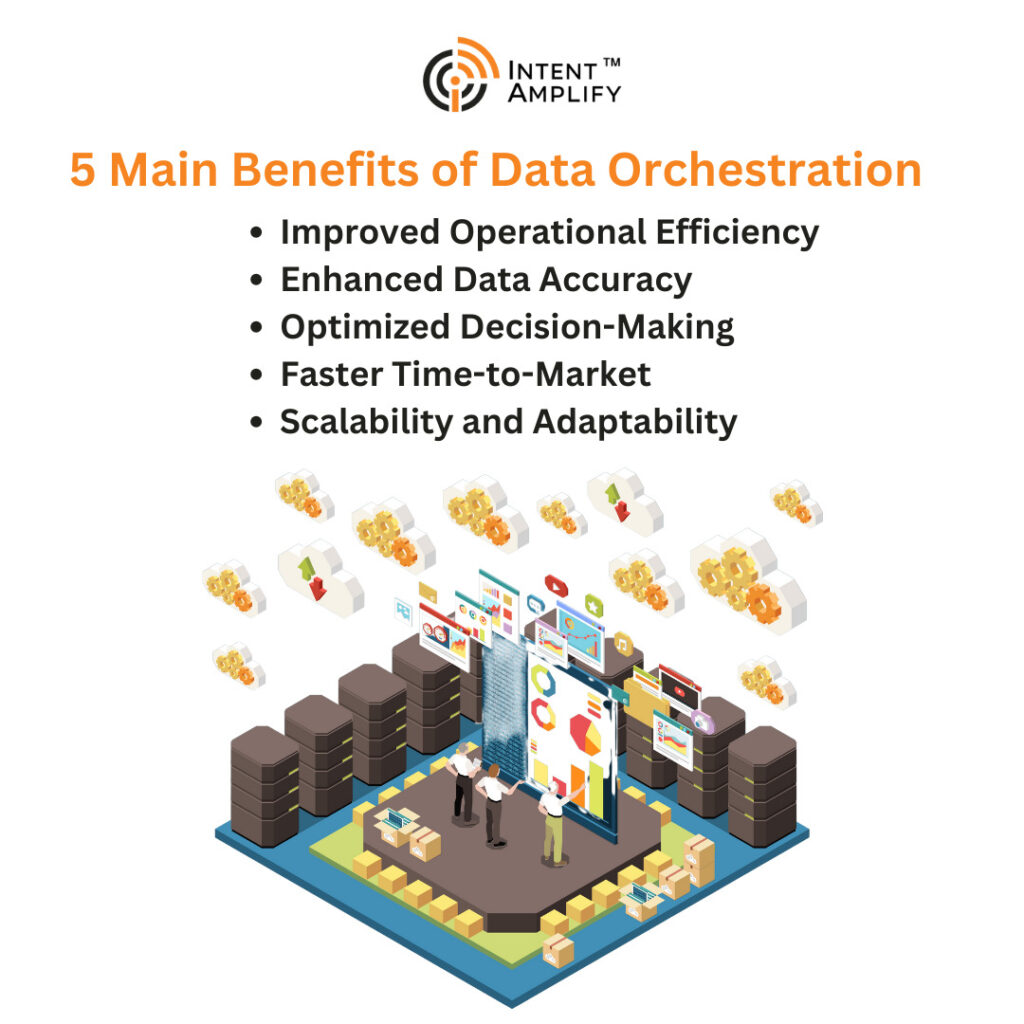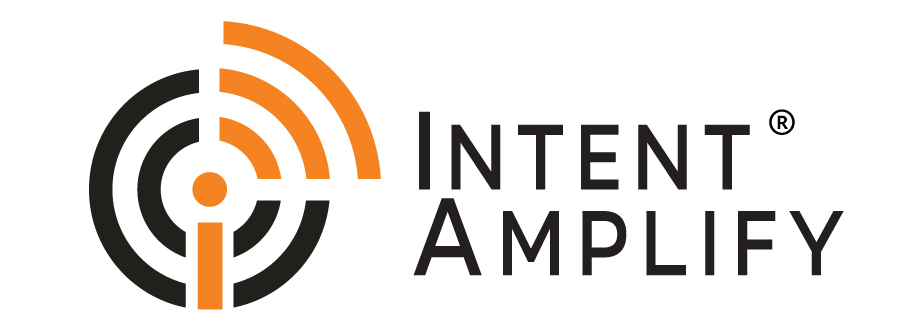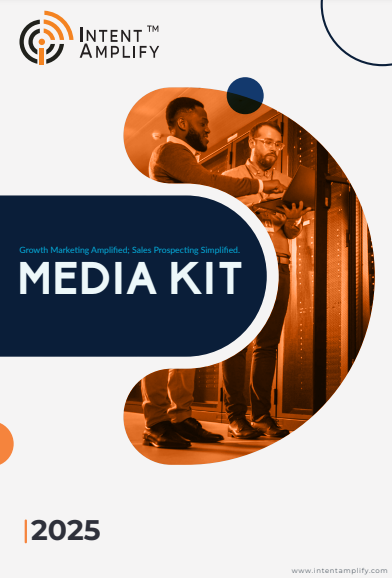
A Quick Guide to B2B Data Orchestration
- Last updated on: February 23, 2024
The management and utilization of data have become increasingly important in the modern, data-driven B2B landscape. We have such diverse data sources, ranging from customer information to supply chain data, posing a significant challenge for businesses aiming to extract meaningful insights and streamline their operations. This is where the concept of Data Orchestration steps in as a crucial element in managing modern B2B enterprises.
Let’s talk about the nuances of B2B Data Orchestration, deciphering its importance and exploring how it acts as an important link in the efficient functioning of businesses. As we find our way out through the complex maze of data integration, synchronization, and transformation, we’ll unveil the key components that make up a robust B2B Data Orchestration strategy.
Understanding Data Orchestration in B2B
Beyond the conventions of data management approaches lies Data Orchestration. It is a strategic process that involves harmonizing and coordinating data from various sources to ensure a synchronized and cohesive flow of information. In B2B scenarios, businesses deal with an array of data types, including customer data, transaction records, inventory details, and more.
The unique challenge lies in integrating this diverse data efficiently, as it resides in different systems, formats, and locations. Data Orchestration addresses this challenge by providing a framework that enables businesses to connect, organize, and manage their data seamlessly. Whether it’s ensuring accurate order processing, enhancing customer relationship management, or optimizing supply chain logistics, a well-implemented B2B Data Orchestration strategy becomes the backbone for operational success. Let’s break down the key components that constitute an effective B2B Data Orchestration approach.
Key Components of B2B Data Orchestration
At its core, B2B Data Orchestration involves a combination of processes and tools designed to facilitate the seamless flow of information across an organization. These key components include:
- Data Integration: B2B operations often rely on multiple systems and platforms. Data integration involves the consolidation of data from various sources, ensuring a unified view. This may involve API connections, middleware solutions, or custom integration tools.
- Data Transformation: The nature of data can vary significantly between different systems. Data transformation ensures that information is converted into a standardized format, allowing for consistency and compatibility across the organization.
- Data Synchronization: In a dynamic B2B environment, real-time data updates are crucial. Data synchronization ensures that changes made in one system are reflected across all connected systems promptly, avoiding discrepancies and delays.
- Workflow Automation: To enhance operational efficiency, B2B Data Orchestration often incorporates workflow automation. This involves the automation of routine tasks and processes, reducing manual intervention, and minimizing the risk of errors.
Understanding these components provides a foundation for implementing an effective B2B Data Orchestration strategy. In the next section, we’ll explore various integration strategies tailored to B2B scenarios.
Integration Strategies for B2B Data
B2B Data Orchestration requires thoughtful integration strategies to connect disparate systems seamlessly. Here are some key integration approaches tailored for B2B scenarios:
- API Integrations: Application Programming Interfaces (APIs) serve as bridges between different software applications. B2B organizations often leverage APIs to enable communication and data exchange between diverse systems.
- Middleware Solutions: Middleware acts as an intermediary layer between different applications. It facilitates communication, and data translation, and ensures smooth integration between systems without the need for extensive custom coding.
- Event-Driven Architecture: B2B operations can benefit from event-driven architecture, where systems communicate and respond to events or changes in real time. This approach enhances agility and responsiveness in data processing.
- Batch Processing: In scenarios where real-time data updates are not critical, batch processing allows for the collection and processing of data in predefined batches. This approach is suitable for tasks that can be scheduled and executed periodically.
Choosing the right integration strategy depends on the specific needs and dynamics of the B2B organization. In the following sections, we’ll explore the benefits of B2B Data Orchestration and delve into real-world examples of successful implementations.
5 Main Benefits of Data Orchestration in B2B

Implementing a robust B2B Data Orchestration strategy yields a multitude of benefits that significantly impact operational efficiency and decision-making. Let’s explore the advantages:
- Improved Operational Efficiency: B2B Data Orchestration streamlines workflows by automating repetitive tasks and ensuring a seamless exchange of information. This, in turn, reduces manual efforts, minimizes errors, and enhances overall operational efficiency.
- Enhanced Data Accuracy: Inaccurate or inconsistent data can lead to costly mistakes in B2B transactions. Data Orchestration plays a pivotal role in maintaining data accuracy by enforcing standardized formats, preventing duplication, and ensuring real-time updates across systems.
- Optimized Decision-Making: Access to timely and accurate data empowers decision-makers within a B2B organization. Data Orchestration provides a unified view of information, enabling stakeholders to make informed decisions based on reliable and up-to-date insights.
- Faster Time-to-Market: B2B businesses often deal with time-sensitive processes, such as product launches or supply chain management. Data Orchestration accelerates these processes by reducing delays in data processing, contributing to a faster time-to-market.
- Scalability and Adaptability: As B2B operations evolve, scalability becomes crucial. Data Orchestration solutions are designed to scale with the growing needs of the business, accommodating increased data volumes, new systems, and changing workflows.
Choosing the Right Data Orchestration Solution
Selecting the appropriate data orchestration solution is a critical step in ensuring the success of your B2B operations. Consider the following factors when evaluating potential tools:
- Scalability: A suitable data orchestration tool should be capable of scaling alongside your business. As data volumes grow and new systems are introduced, the solution should seamlessly adapt to meet evolving requirements.
- Flexibility: Look for a tool that offers flexibility in accommodating various data formats, sources, and integration scenarios. A flexible solution allows for customization to align with the unique needs of your B2B environment.
- Ease of Integration: The implementation process should be smooth and efficient. Choose a data orchestration tool that offers ease of integration with your existing systems and can connect seamlessly with different applications, databases, and APIs.
- Security Measures: Data security is paramount in B2B operations. Ensure that the selected solution adheres to robust security standards, including encryption, access controls, and compliance with relevant data protection regulations.
- Monitoring and Analytics: A comprehensive data orchestration tool should provide monitoring and analytics features. This includes the ability to track data flows, monitor performance, and generate insights into the efficiency of the orchestration processes.
- Vendor Support and Updates: Evaluate the level of support provided by the tool’s vendor. Ensure that they offer timely updates, ongoing maintenance, and responsive customer support to address any issues that may arise during implementation and usage.
By considering these factors, businesses can make informed decisions when choosing a data orchestration solution that aligns with their B2B objectives and supports long-term growth.
In conclusion, B2B Data Orchestration is important for businesses seeking to navigate the complexities of data management in a dynamic landscape.
Here are the key takeaways:
- B2B Data Orchestration is essential for streamlining operations, improving data accuracy, and enhancing decision-making in the complex B2B environment.
- Considerations such as scalability, flexibility, ease of integration, and security are crucial when selecting a data orchestration solution.
- Future trends indicate a shift towards advanced automation, integration with AI and machine learning, edge computing, blockchain for data security, and hybrid/multi-cloud orchestration.
- Businesses are encouraged to prioritize the implementation of robust B2B Data Orchestration strategies to unlock efficiency, foster innovation, and maintain a competitive edge in their respective industries.
As the digital landscape continues to evolve, the role of B2B Data Orchestration will become increasingly pivotal, shaping the way businesses manage and leverage data to drive success.




